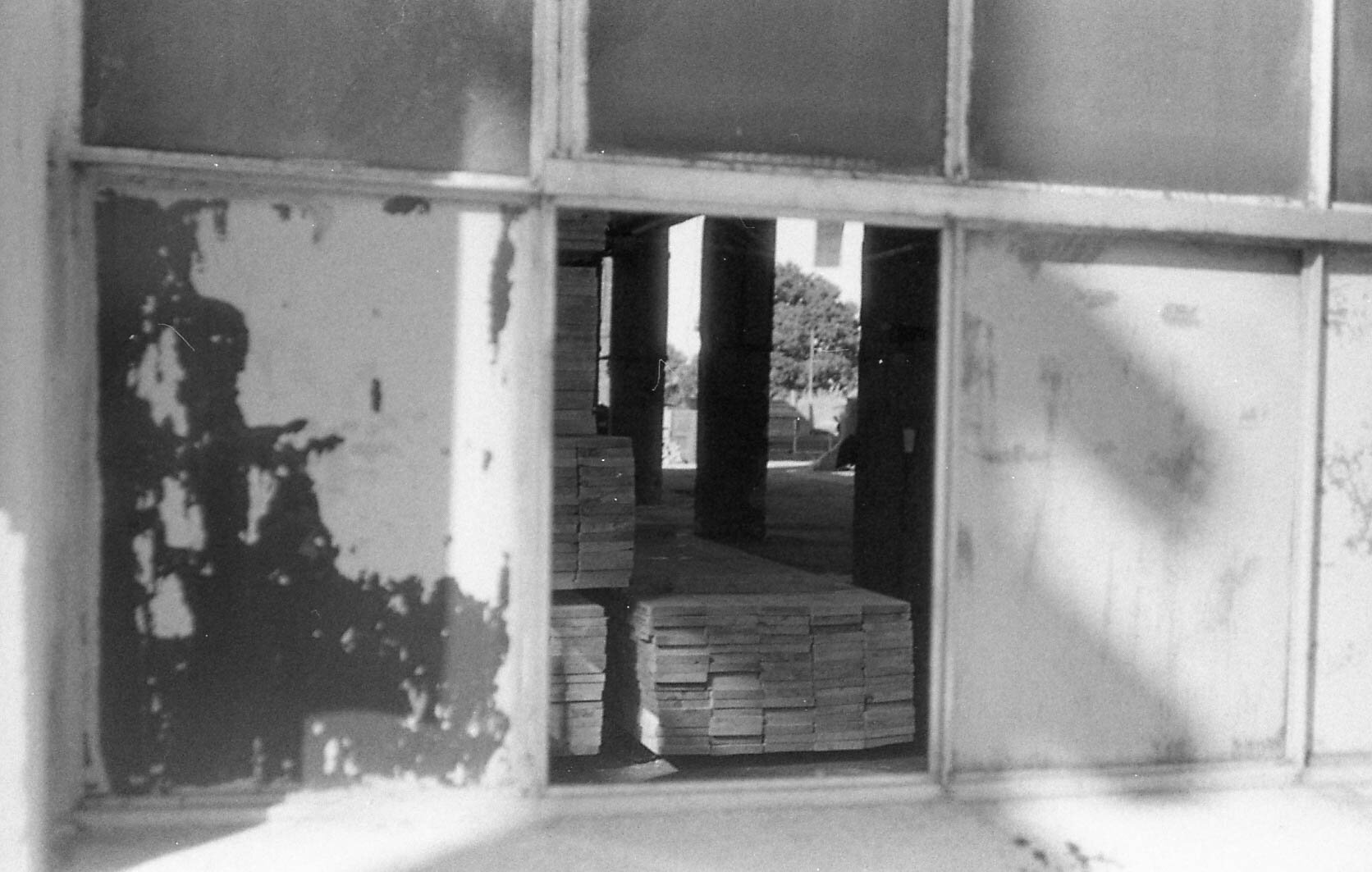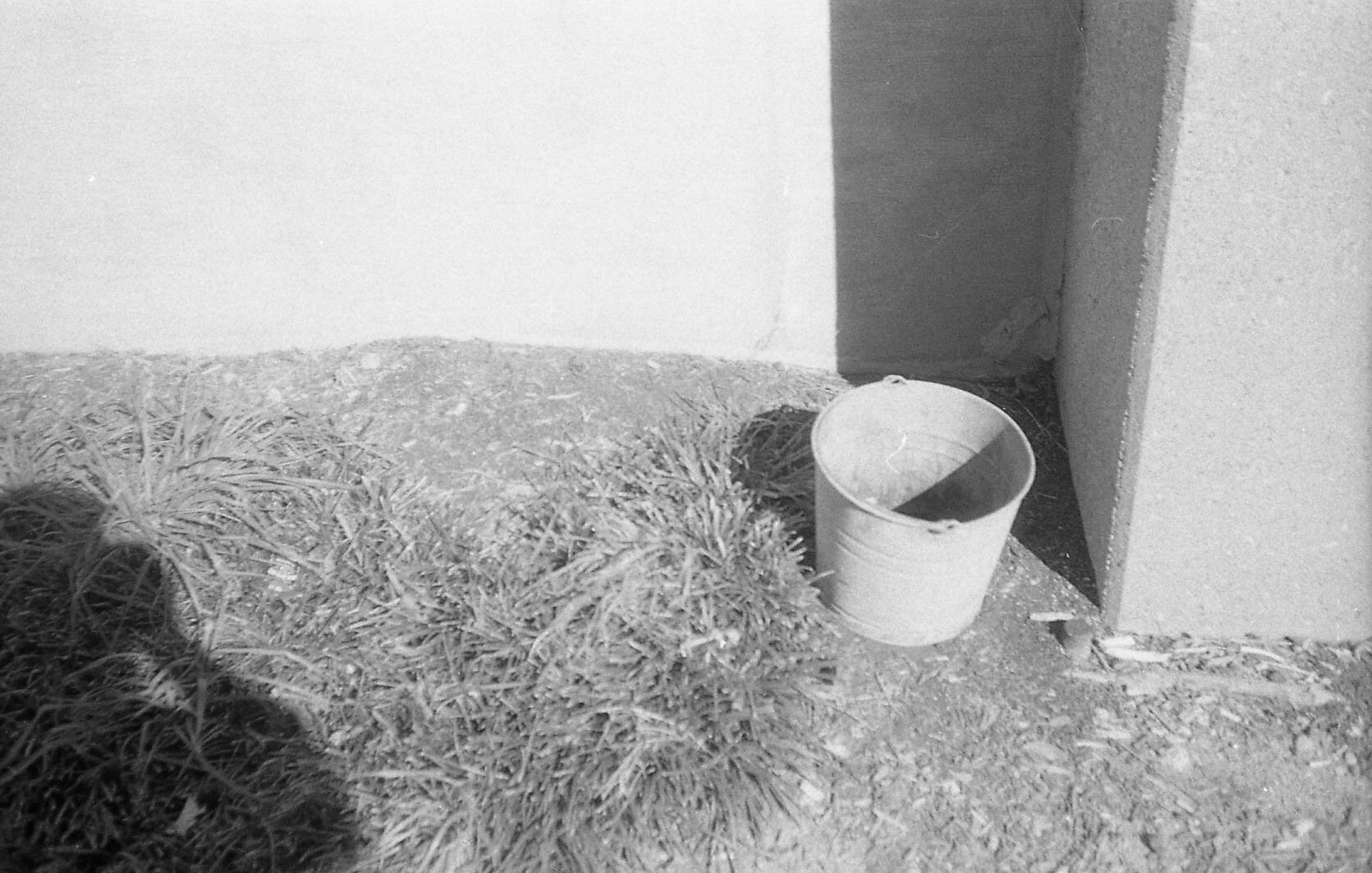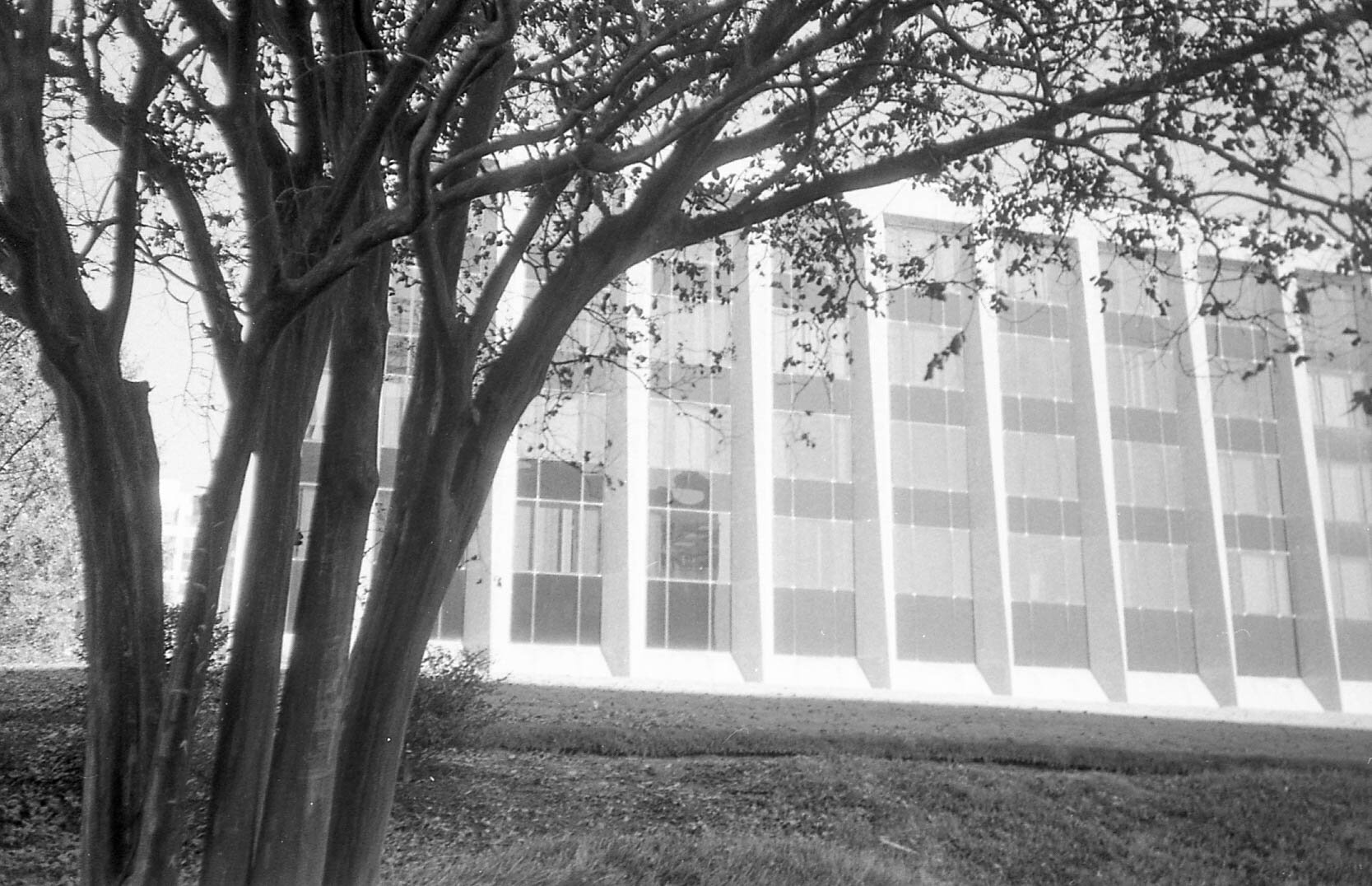If I hadn’t already mentioned it, I was invited to join the Frugal Film Project for 2020. I get to pick any camera under $50 that I own, pick a relatively easy-to-procure film stock, and go make some photos in the spirit of it doesn’t cost a lot of money to do film photography.
To this end, I have three cameras I’m thinking about using: Afga Optima, Kodak Retinette IA, or the Minolta Himatic AF2. All three are great user cameras that I can take out and shoot with no concern about either the reliability of the hardware or the quality of the shots. All three, in total, cost me a collective $15; two were given to me, one was an eBay purchase.

The Agfa gave me another test opportunity. Since its highest shutter speed is 1/250 and I have Tri-X 400 , I figured this was a good opportunity to test out my skills at pulling film. Before you roll your eyes, I realize that Tri-X has enough latitude to handle a single stop over-exposed, but I recently read there are some greater tones available when pulling Tri-X to 200.
This also gave me an opportunity to use Adox Rodinal in a 1:50 mix and try my hand at standard, not stand, development. For you home-developer types out there: 9 minutes at 68F with 4 inversions every 30 seconds. It’s a far cry from the set-it-and-forget-it method I usually use with Rodinal, but it worked out pretty well; I’m not ashamed of the results.

The images from the Agfa aren’t the sharpest in this batch. I had it set on full-auto so I could just point and shoot. The 3-stop focus is a joy to use so I was happily clicking away, but the images weren’t always totally sharp with zone focus. Let me just reiterate: I was shooting an auto-exposure camera from 1959 guessing the distance from me to my subject.

Pulling Tri-X 400 in the Optima was a matter of setting the camera’s ISO dial to 200, conveniently the maximum film speed it would accept, then using the Massive Dev Chart to determine the appropriate time and dilution for Rodinal at processing time. There wasn’t any special magic involved.

There is still some washout of the highlights, but overall I think it is a great way to use Tri-X in bright sun and still come away with great shots. I chose not to do much post-editing of these outside of what the scanner and Lightroom’s auto toning would do. I do try to keep my reviews honest, ya know.

The one thing I found out about the Agfa Optima is that it’s aging Selenium meter is actually a tad dull. I really think it meters for around ISO 100, not 200. I am guessing 7 minutes in the soup would have been plenty. I might try it again, but I wanted to take the other two cameras out for a walk to decide what I’m going to use for the 2020 Frugal Film Project.




Also, I’d be lying if I didn’t say I enjoyed shooting this camera. It’s just retro cool.

Leave a Reply
You must be logged in to post a comment.